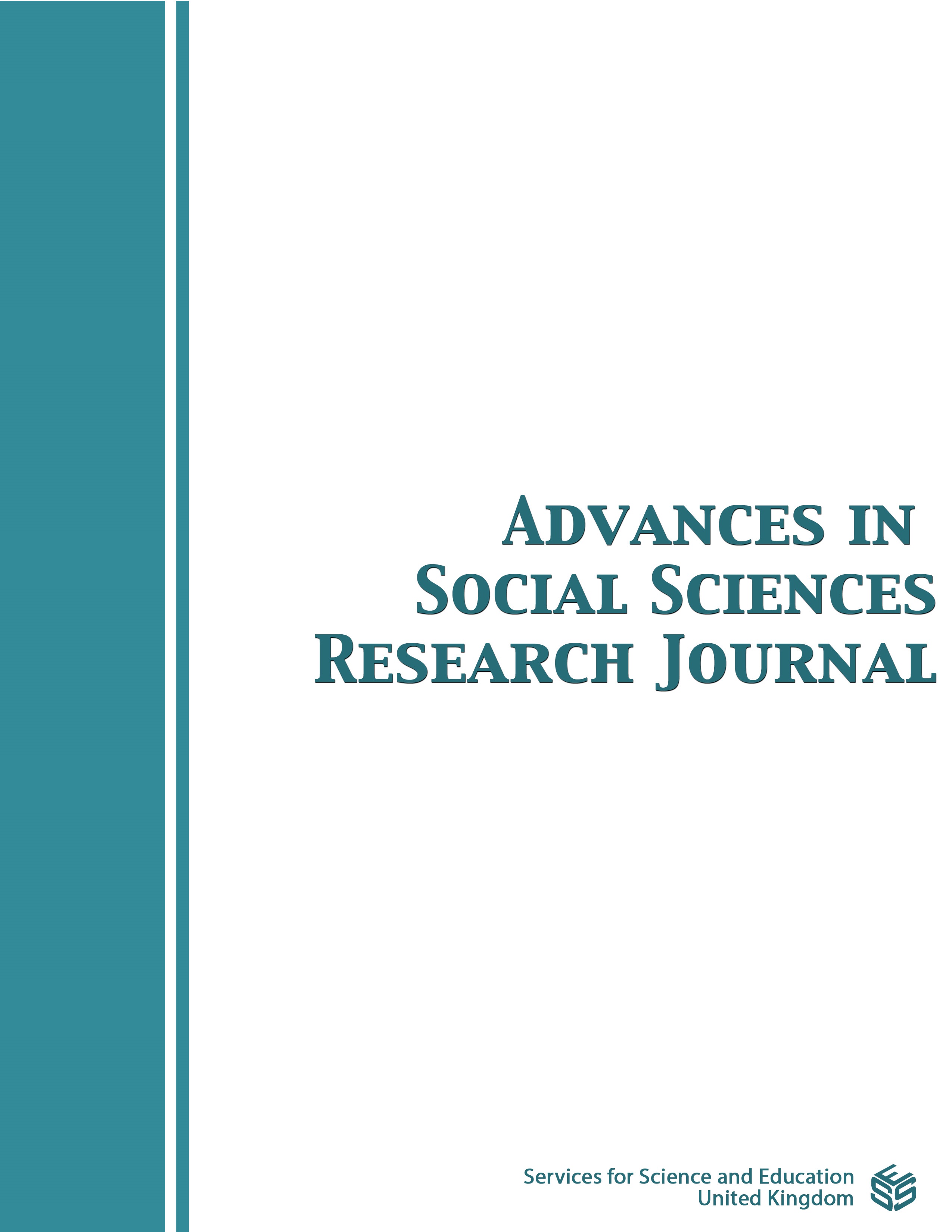Political Parties and Electoral Volatility: How (un)stable is the Albanian Electorate?
DOI:
https://doi.org/10.14738/assrj.1111.17862Keywords:
electoral volatility, party system, cleavage, electoral system, party membersAbstract
This paper offers an in-depth analysis of electoral volatility in Albania from 1991 to 2021, a transformative period from a communist regime to a democratic multi-party system. It diverges from Central and Eastern European trends by examining Albania's unique political dynamics and the factors influencing electoral behavior and volatility. Utilizing the Pedersen Index, the study methodically evaluates various determinants impacting party electoral volatility in Albania. The research underscores the significance of high membership rates and robust ground organization within major political parties as key contributors to low volatility levels in Albania's party system, thus providing insight into the intricacies and idiosyncrasies of Albania's political landscape.
Downloads
Published
How to Cite
Issue
Section
License
Copyright (c) 2024 Alban Reli, Anjeza Xhaferaj

This work is licensed under a Creative Commons Attribution 4.0 International License.
Authors wishing to include figures, tables, or text passages that have already been published elsewhere are required to obtain permission from the copyright owner(s) for both the print and online format and to include evidence that such permission has been granted when submitting their papers. Any material received without such evidence will be assumed to originate from the authors.






